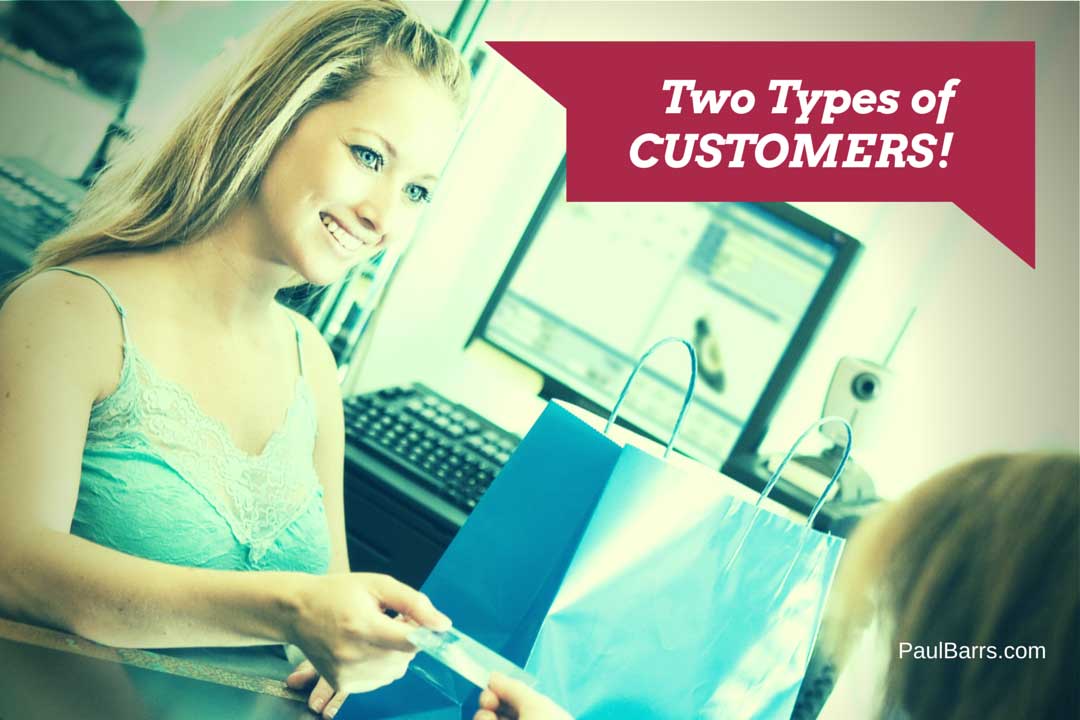
03 Aug Two Different Types of Customers – Is Your Website Ready?
There are two different types of customers who come to visit a website, yet most website owners only target one type – missing out on 80% of potential customers. Here’s the fix.
Today I want to talk about something which I’ve noticed more and more often over recent years, in what I’m dealing with coaching and mentoring small business owners here in Australia.
Most of us have a product. Most of us have a service. Most of us have something that we sell and we showcase it online. Okay, you’re with me?
If you’re one of those people then you’re in the right place right now.
What I’m noticing is that most of us are missing out on what I believe is nearly 80% of your potential marketplace.
Let me explain. It’s all to do with page content and website page structure. Simply this. Let’s say you’re selling shoes, for example, and you have a shopping cart. You’ve got it all displayed, people arrive on your homepage, bang. Here’s your best-selling shoes and here’s your special offers and they can click through and buy the shoes. Good. But have you noticed, if you’re in that situation with that kind of online eCommerce store just how many people are arriving to your website and leaving again before they get through to that “Click to Buy”. I wonder why that is.
Simply because it’s too damn difficult to get to what they want.
Now you might be thinking, “Well if they want to buy sneakers, if they want to buy running shoes or maybe dance shoes, there’s our categories, look at them all. It should be really easy.”
But here’s the thing. Maybe they do want to buy running shoes, maybe they do want to buy dance shoes or football boots, but unless you’ve been buying these things for a long time already, you don’t know what type of running shoe you actually need.
Are you a beginner? Are you intermediate? Are you advanced? Look, if you’re advanced, it’s easy. You know what you want. A few years back I went and got a podiatrist to put me through a running clinic, have a look at the way that I ran, have a look at my feet, my gait, my stride, the whole thing and said, “This is the kind of shoe that you need.”
Hmm, okay, now it’s easy for me, I just order that particular shoe. So I know what I want and I go to an online store and I look for that shoe. What is it that I want to know about that shoe? I want to know what it costs to get it delivered to me. That’s it. I already know what I want.
But what if I was a beginner? What if I didn’t know that I needed that particular boot to be able to get the best possible results? Then what? Well, I’m going to come across your store and I’m going to look at a whole bucket load of different running shoes. Which one do I choose? I don’t know. The reason I don’t know is that I’m not in the 20% of potential customers who’ve already gone through the process of learning about the thing they’re about to purchase. The person who is in that 20% already knows exactly what they want.
I would say probably nine out of ten websites that I visit these days, as I go through and look at small business websites across the country, you cater to the 20%. You cater to the people who already know what it is that they want and you ignore the other 80% who are still in their discovery phase.
Here’s the thing that you need to understand: there are two types of customers who come to you looking to buy from you.
Number one, there are those who already know what they want, they just want to know who they’re going to buy it from.
Number two, there are those who don’t know what they want. They don’t even know what it is, let alone who they’re going to purchase from. Does that make sense?
Most of us, we make the mistake. What we do is we build our website and we talk about our product and our service and how much and how good and blah, blah, blah, blah, blah and all we’re doing is competing with everybody else, who’s doing the exact same thing. So when someone comes to our website and says, “Help me learn more about this product or service. Help me learn more about what my options are. Help me learn more about this choice versus that choice. Answer my frequently asked questions. Explain to me how it works.”
You see, that’s 80% of the marketplace. It’s everybody, when they come into the marketplace in that discovery phase, unless they’ve purchased it before and they know exactly what it is that they want to buy.
So let’s bring that back just a few steps to page content and page structure. First things first, whether you sell a product or a service, you must cater to both marketplaces.
You must say to those people who know what they want, “Here, click that button right there, get it. It’s easy.” Here’s our prices, here’s our options, choose.
Then for everybody else, 80% probably, depending on the marketplace, for everyone who’s in that discovery phase, you need to be able to answer their questions. You need to be able to give more information about your product or about your service, and you need to do this not just on your homepage, but also in more depth in what I call “strong content pages“.
Look, it’s true, when people come to our website, they’re looking for what we offer. But where in the buying cycle are they? And this is the thing: you cannot just structure your content and structure your pages, your links from one page to another, just by answering the questions of those who are ready to buy.
You need to answer those questions for those who are thinking, “Hmm, I’d like to buy that but I need some new running shoes, I just don’t know what type to get.” Have you answered those questions for your products, for your service, on your website?
You should, because that’s the difference between success and failure.
I want you to think about the last time you purchased something that you hadn’t owned before. I want you to think about the research that you did. I want you to think about the questions that you asked. I want you to think about the process, that discovery phase that you went through, because at one point you went, “All right, here’s my options, this does this, that does that. Right, I think I’ve got it. Okay, this is what I need. It meets my needs.”
You move from discovery to purchase and then the next question was: “Who am I going to buy that from?” Here’s the beautiful thing. If you answer their questions, if you completely fulfil their user experience, their needs, in that discovery process of “What are the options, I’m not quite sure what I want to buy.” If you answer those questions and they are with you, and you’ve built that trust, you’ve positioned yourself as an authority.
When they move from discovery into buying phase, guess what? They’re going to buy from you.
Rather than just jump back into your website and say, “Hmm, how much?” Who’s had that question asked of them? How much? Do you discount? Will you? Would you? Would you give me less for cash? “Hell no. I’ve still got to provide the work.” But if you’ve built the trust, positioned yourself as an authority first, and then they come back to you then when they buy, they just buy from you.
And that’s why, a topic for another day, “re-marketing“, is such a wonderful thing because, sometimes, that decision doesn’t actually happen all in one go, one visit to your website. It is often what goodwill analytics call “assisted conversions“. It’s a piece from search, it’s a piece from social, and maybe something from email as well.
Altogether, it’s called “integrated marketing” and you need to be able to do this on your website. It begins with good content and good page structure, making it easy for both types of customers.
Okay that’s enough for today, thank you very much.


